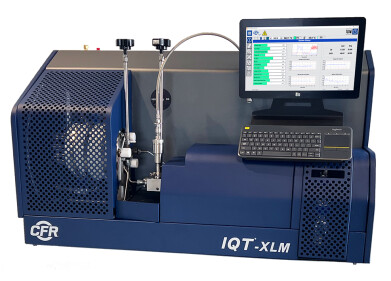Analytical Instrumentation
Where Does the US Export Oil?
Apr 14 2017
With a confirmed crude stash of more than 33 million barrels, the USA boasts one of the biggest Strategic Petroleum Reserves on the planet. But despite its glut, the States sent oil to more destinations than ever in 2016.
The export frenzy was largely fuelled by the removal of restrictions on US crude oil, which were passed in December 2015. As a result, America exported crude oil to 26 different countries in 2016. This was a huge spike, compared its 10 country count the previous year.
New stats from the EIA
The statistics come from the US Energy Information Administration (EIA), and revealed that in 2016 national crude oil exports averaged 520,000 barrels per day. Unsurprisingly, Canada was the biggest consumer for two consecutive years. The Great White North guzzled 92% of US crude exports in 2015, though this dropped to just 58% after restrictions were lifted.
Aside from Canada, Europe ranked high on the consumption table. Major consumers included the Netherlands, Italy, the United Kingdom, and France. Asia stepped up as the second-largest regional destination, fronted by China, Korea, Singapore, and Japan. In 2016, the USA also exported to a string of Central and South American nations, including Peru, Colombia and Curacao.
Factoring in outliers
The EIA also added that while some nations were listed as recipients, they weren’t necessarily final destinations. Instead, countries like the Marshall Islands, Bahamas, Panama, and Liberia serve as intermediaries. As some US ports aren’t deep or wide enough to accommodate crude carriers, oil is initially exported on smaller vessels. They then dock in foreign waters, where crude is transferred to larger vessels. Many of these small transport vessels are registered in nations like the Marshall Islands, which means they pop up as official recipients.
A perfect storm
Beyond relaxed restrictions on US crude oil, a handful of other factors contributed to 2016’s export spike. Primarily, low tanker rates helped to narrow the financial gap that’s required for lucrative trade between the USA and overseas markets. The average daily volume of crude imports also exceeded the daily volume of exports by more than 12 times. This meant US producers were able to enlist tankers for back-haul voyages at rock bottom rates, which slashed the cost of reaching export markets and encouraged US producers to cut deals with international buyers.
The increase may also have been triggered by the launch of smarter technologies, like PAC’s revolutionary new OptiFuel analyser. ‘OptiFuel: A Game-Changer in Rapid Fuel Analysis Using Cutting-Edge FT-IR technology’ offers an overview of the latest model, which steps up as a quick and easy solution to measuring fuel properties with minimal training, from day one.
Digital Edition
PIN 25.5 Oct/Nov 2024
November 2024
Analytical Instrumentation - Picturing Viscosity – How Can a Viscometer or a Rheometer Benefit You? - Sustainable Grease Formulations: Evaluating Key Performance Parameters and Testing Method...
View all digital editions
Events
Dec 03 2024 Dusseldorf, Germany
Dec 08 2024 Anaheim, CA, USA
Turkey & Black Sea Oil and Gas
Dec 11 2024 Istanbul, Turkey
Dec 19 2024 Aurangabad, India
Jan 20 2025 San Diego, CA, USA



















